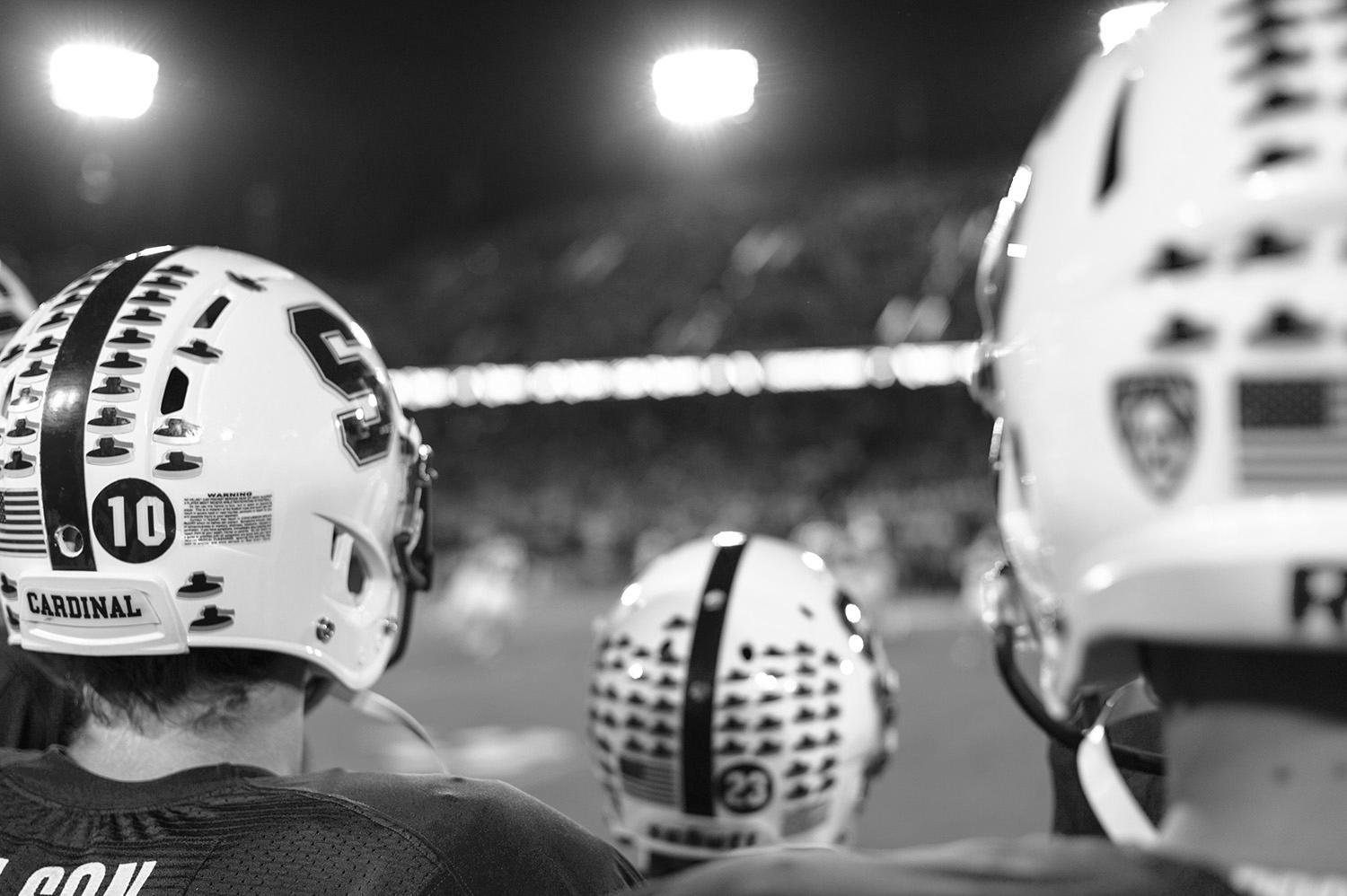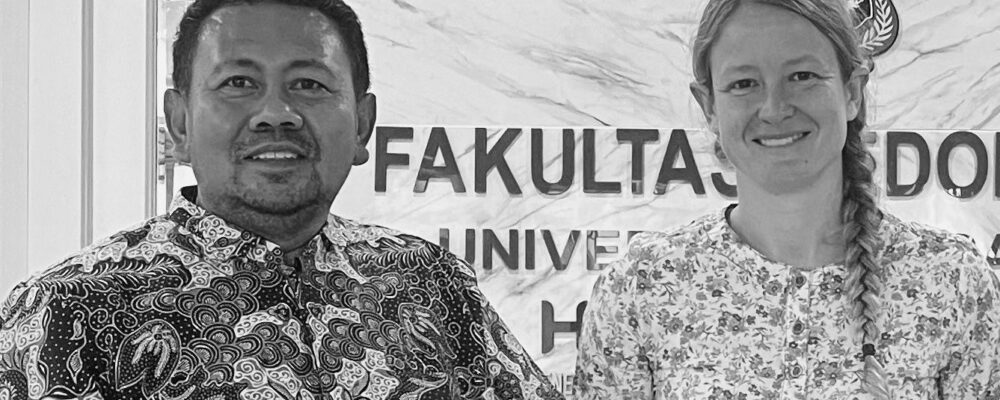Stanford will increase scholarship totals and introduce a revenue-sharing model that will provide direct benefits to student-athletes, the latest move by the university in response to a college athletics landscape that has seen seismic shifts in the last few years. These actions follow from the expected settlement of litigation against the NCAA and college athletics conferences, known as the “House case.”
The settlement, which is expected to receive final court approval April 7, provides payments to former athletes who were prevented from receiving compensation for their name, image, and likeness (NIL), allows for expanded scholarships, and creates a mechanism for current athletes to receive NIL compensation from their universities. Currently, alumni groups provide NIL payments at many universities and this will be curtailed. If the settlement is approved, Stanford will begin providing benefits to student-athletes in the 2025-26 academic year. The university intends to fund the investment entirely through incremental athletics revenue and philanthropic support.
“The House settlement marks yet another shift in college athletics, creating a model in which athletes share the media revenue created by certain sports,” Stanford President Jonathan Levin said. “We have a unique tradition of student-athletes who excel in the classroom and on the field and we plan to continue Stanford’s distinctive approach in this new era.”
“The amount we make available for revenue-sharing with student-athletes will depend on the amount of incremental athletics revenue and philanthropic support we receive,” Levin added. “We have alumni and friends of Stanford who are deeply connected to our athletics programs and are excited to support the excellence of our teams, and enable us to recruit and retain top scholar-athletes.”
A rapidly changing landscape
The House settlement is the latest in a series of landmark developments, including the 2021 introduction of NIL rights, which allowed student-athletes to receive compensation for their personal brands, and the 2014 Alston decision, a Supreme Court ruling that permitted schools to make limited education-related financial rewards to student-athletes.
In addition, collegiate sports has recently absorbed substantial changes in athletic conference composition. The Pac-12 Conference, Stanford’s longtime conference home, saw the greatest change, with nearly all of its members, including Stanford, moving to other conferences.
“It’s difficult to overstate how much has changed in college athletics the last few years,” said Jay Mitchell, an emeritus Stanford law professor who currently serves as the Faculty Athletics Representative. “We’ve seen massive conference realignment, wholesale changes in the rules as a result of litigation, the advent of the transfer portal and NIL, and a completely upended recruitment and retention model. It’s not over; we should expect continuing change in the landscape.
“For Stanford, it’s essential that we maintain our focus on the student-athlete academic experience, and that we keep front-and-center the principle that Stanford student-athletes are, first and foremost, Stanford students.”
One of many exemplars of that model is Andrew Luck, who recently returned to Stanford as general manager of Stanford Football. Luck earned his bachelor’s degree in architectural design while earning All-American status and leading the football team to national prominence. After a seven-year stint in the NFL, earning Pro Bowl honors in each of his first three seasons and four overall, he returned to Stanford for his master’s degree in education.
“Stanford’s student-athletes have always been synonymous with excellence in the classroom and on the field,” Luck said. “Our goal as a football program is to develop individual student-athletes into leaders and win against the best teams in the country. The ability to support Cardinal student-athletes through revenue sharing will ensure we can reinforce Stanford’s place as one of, if not the top, all-around athletic departments in the country.”
“Stanford University, officially Leland Stanford Junior University, is a private research university in Stanford, California. The campus occupies 8,180 acres, among the largest in the United States, and enrols over 17,000 students.”
Please visit the firm link to site






